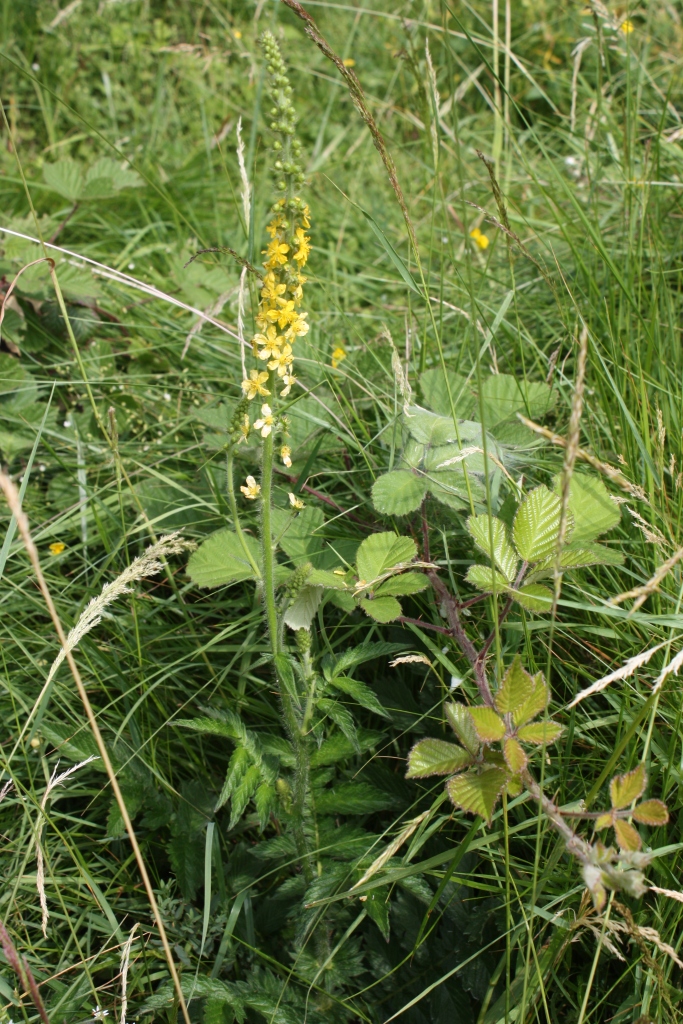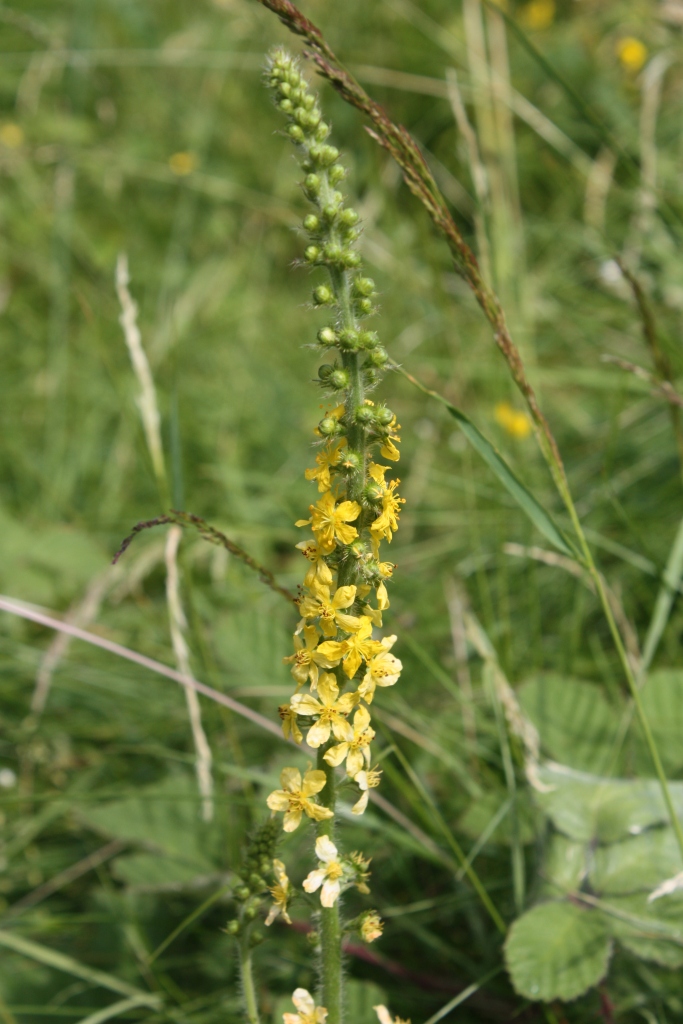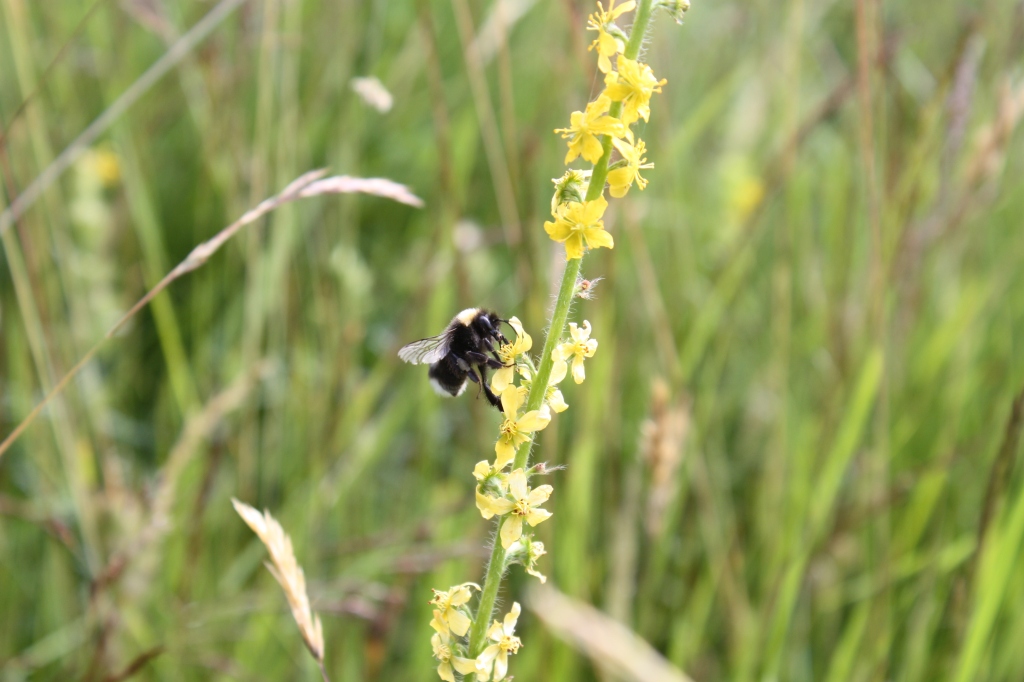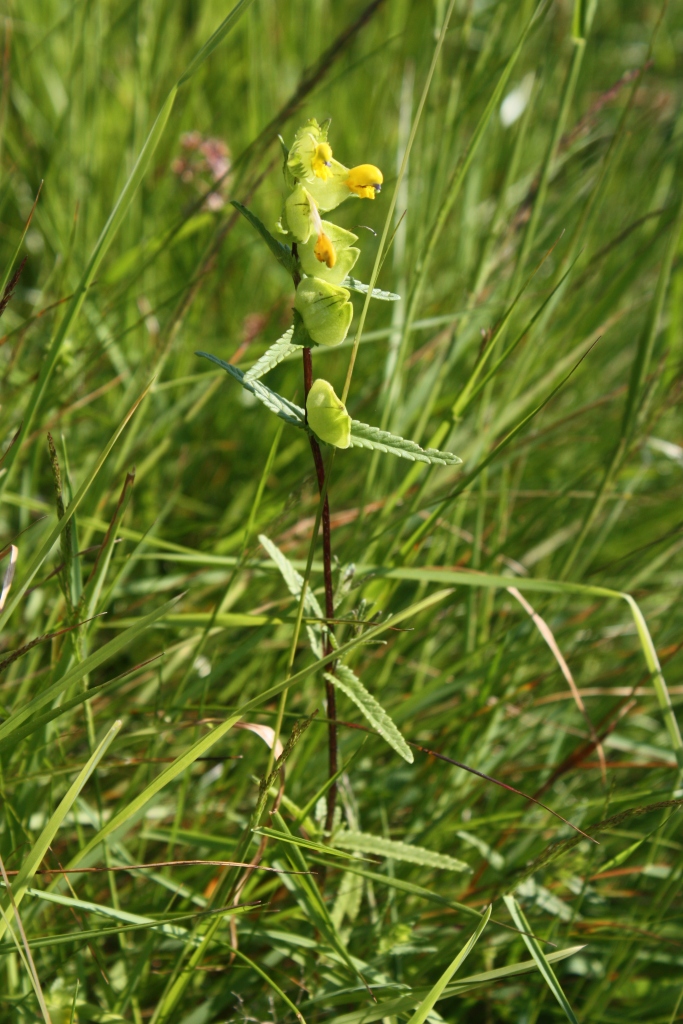Some very welcome rain today. I’ve carefully mown around this St John’s Wort growing in our orchard. This plant is a medicinal herb and often sold as a cure for depression and anxiety. Haven’t tried it myself and we enjoy it simply as a pretty wild flower.





















































